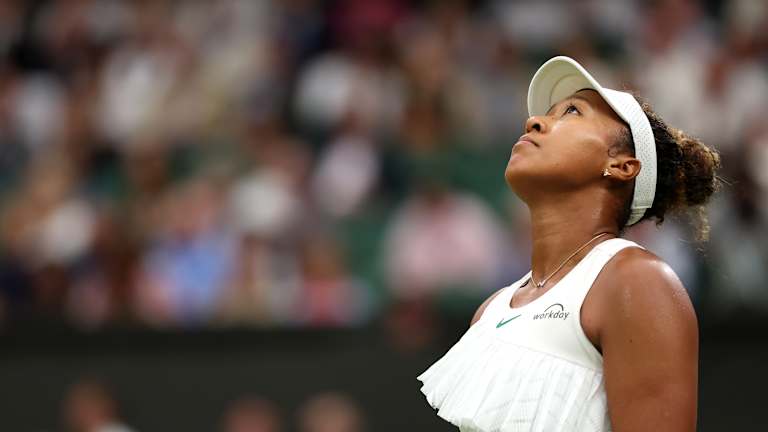US Open
Naomi Osaka lacks hardware in 2024—but nothing else, as the US Open nears
By Aug 21, 2024US Open
US Open revamps mixed doubles format, adds $1 million prize to incentivize "biggest names in the sport"
By Feb 11, 2025US Open
US Open adds a 15th day, moves to Sunday start in 2025
By Jan 29, 2025US Open
Post-2024 US Open WTA storylines: The Age of Aryna; what's next for Swiatek and Gauff?
By Sep 09, 2024US Open
Post-2024 US Open ATP storylines: The race between Alcaraz and Sinner for No. 1 ... and more
By Sep 09, 2024US Open
Jannik Sinner’s US Open title run won’t clear the air around him entirely
By Sep 09, 2024US Open
Taylor Fritz fails in US Open final, but hope springs for American men's tennis
By Sep 09, 2024US Open
Jannik Sinner storms to second major title, defeats Swift, Kelce-backed Taylor Fritz at US Open
By Sep 08, 2024US Open
Jessica Pegula's willingness to take chances paid off at the US Open
By Sep 08, 2024US Open
Aryna Sabalenka won her first US Open by learning from her past heartbreaks in New York
By Sep 08, 2024US Open
Naomi Osaka lacks hardware in 2024—but nothing else, as the US Open nears
For all the twists and turns in her year, the two-time champion in Queens has met all her challenges head on, with great equanimity and poise.
Published Aug 21, 2024
Advertising

Osaka has played more tournaments this year than she did in many of her peak years. She has been thoughtful and frank, sometimes even jovial, while absorbing those mythic slings and arrows.
Advertising
Advertising
Advertising

“Honestly, I feel like even though in the beginning it was kind of like we were trading games,” said Osaka after her Wimbledon loss to Navarro, “I don’t know why, I didn’t feel fully confident in myself.”
© Getty Images
